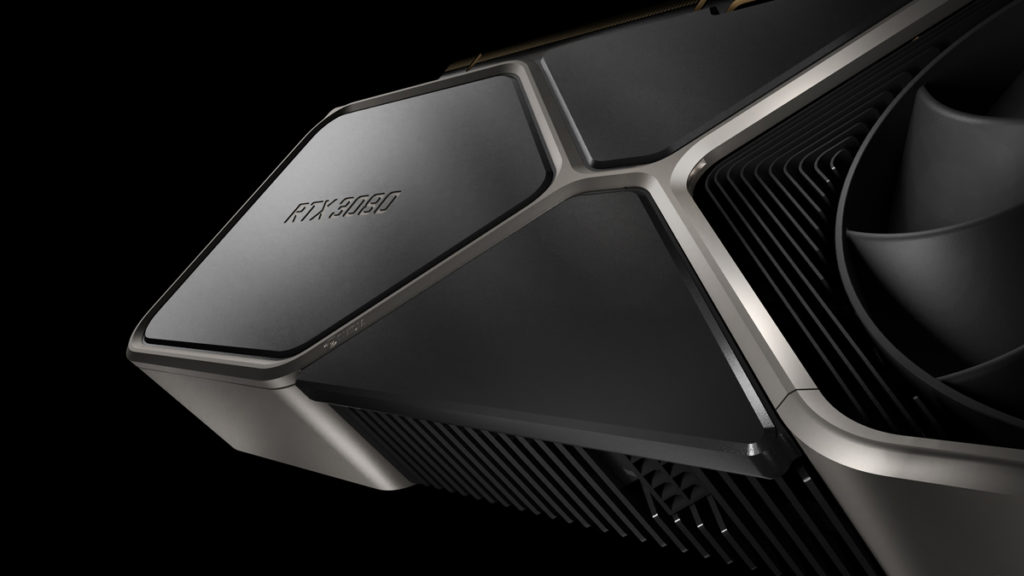Image: NVIDIA
NVIDIA will reportedly launch its way-oft-rumored GeForce RTX 3080 Ti graphics card in April. The news comes from VideoCardz and popular hardware leaker kopite7kimi, who claims that the Titanium variant of the flagship gaming GPU has undergone some significant downgrades since the initial leaks that came out in December. Apparently, the GeForce RTX 3080 Ti will only feature 10,240 CUDA Cores (80 Streaming Processors) as opposed to 10,496. Memory has also been reduced from 20 GB to 12 GB of VRAM, which suggests that NVIDIA made a concentrated effort to distance the SKU even further from its BFGPU, the GeForce RTX 3090 (10,496 CUDA Cores, 24 GB GDDR6X).
“The most recent update to the NVIDIA product roadmap lists GeForce...
Continue reading...
